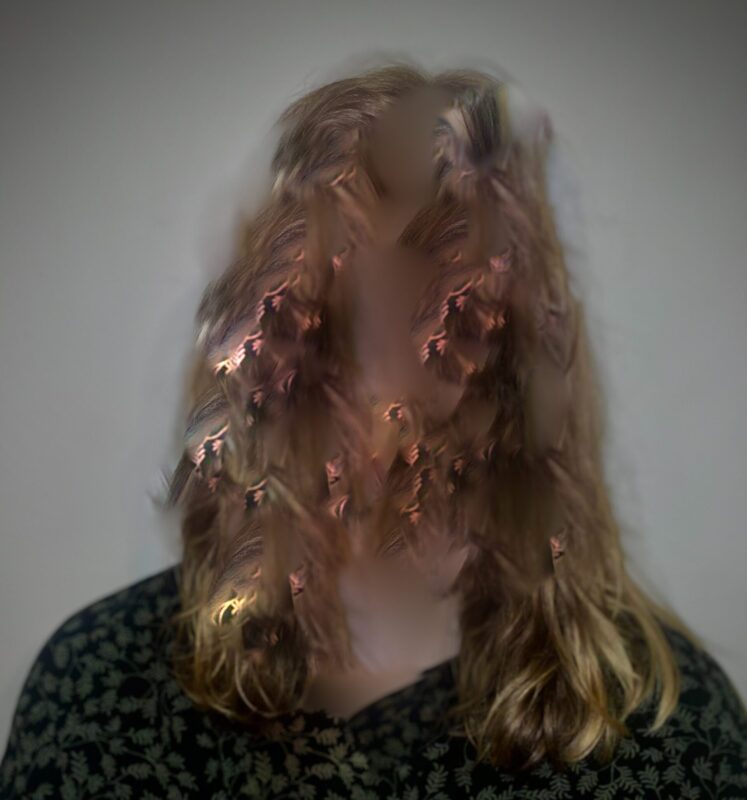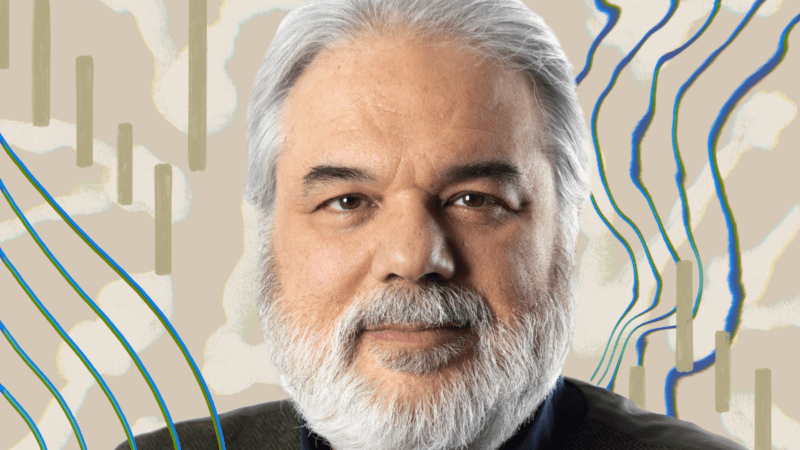
As a young composer with ambitions to become a pianist specializing in contemporary music in the 1990s, I had the rare opportunity to premiere Tan Dun's solo piano work Traces, presented by CBC's Two New Hours. This piece profoundly impacted my understanding of how Chinese musical traditions—such as folk songs, Peking Opera elements, and the rural impressions of China's countryside—can be ingeniously fused with contemporary music.
In 1992, I approached Tan Dun about including a work in my first solo piano recital, which featured pieces by Chinese composers. He presented Traces II, written in 1989, which was later revised into its definitive version, Traces. This piece reflects Tan's childhood memories of a Peking Opera troupe performing in the countryside. What struck me most were the unconventional piano techniques used to evoke this scene: extreme dynamic contrasts from quadruple piano to quadruple forte, the use of silence to mimic the approaching and retreating sounds of the troupe, and the concise three-note motif (A, C, D) with a Db grace note, creating a rich interplay of diatonic and atonal sounds—a perfect metaphor for the meeting of East and West.
As a pianist, the challenge lies in capturing the percussive effects, including prolonged tremolos, crescendos, and the broad spectrum of tonal colours, from the piano's lowest to highest registers. The transitions between pauses and silences demand a near-meditative state. Tan Dun’s distinctive compositional techniques—developing simple, psychologically charged tonal material from a traditional folk tune, and juxtaposing Chinese folk elements with Western atonality—explore a musical language that transcends cultural boundaries. This work has deeply inspired my own future explorations into "cultural fusion."



